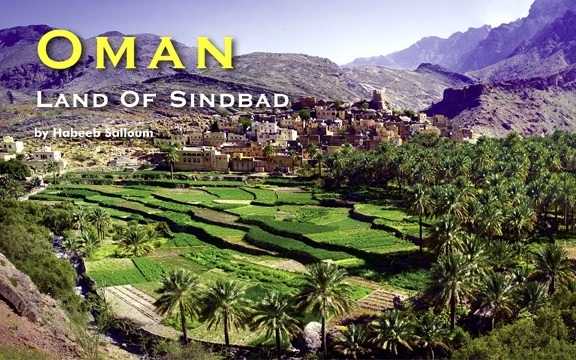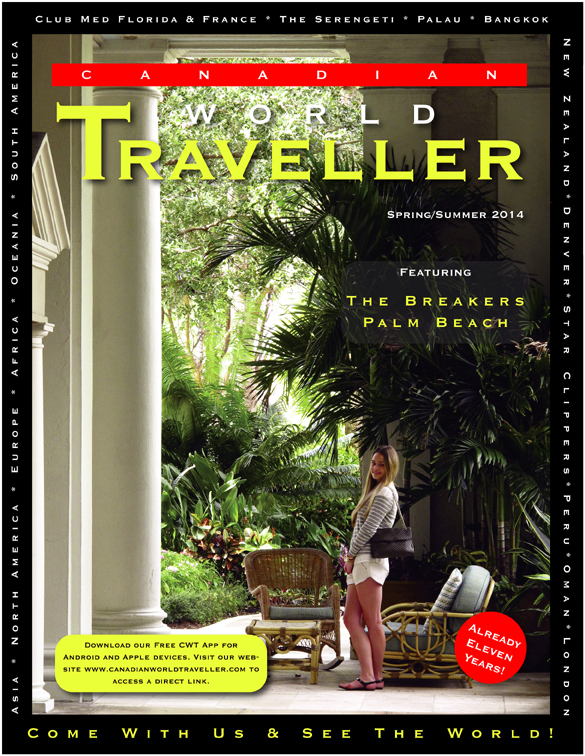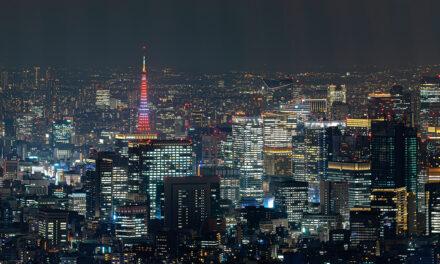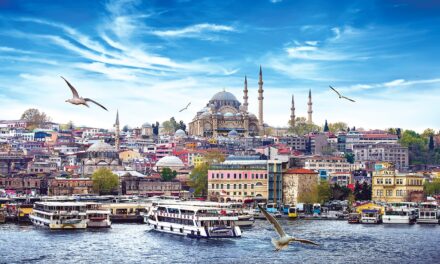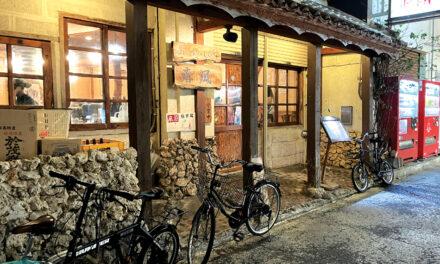Oman
Land Of Sindbad
by Habeeb Salloum

I can’t believe it! Everything is so modern, yet it looks ancient!” My daughter Muna remarked as we drove through the city of Muscat, Oman’s capital.
Her words had merit. The mythical home of ‘Sindbad the Sailor’ and the legendary source of frankincense and myrrh, Oman is today an ancient land enwrapped in the aura of our 21st century.
The wide avenue on which we were making our way was lined on both sides with well-tended trees and shrubs, and beyond rose the most contemporary structures,incorporating the finest inheritance taken from Arab/Islamic architecture yet modern in their facilities.
The enchanting villas and other eye-catching edifices told, better than in words, the story of the Sultanate of Oman – a land trying hard to preserve the traditional while galloping into the 21st century.
A seafaring imperial people, the Omani once controlled large parts of the east coast of Africa as well as areas in the Indian sub-continent. They sent trading ships as far away as China and the Malayan Archipelago. By the end of the 19th century, their empire extended from the Indian sub-continent to the shore-lands of East Africa, from Somalia to Zanzibar and beyond. One can see traces of this empire reflected in the country’s inhabitants – a great mixture of their former colonial presence in other lands.
The Portuguese occupied the country in the 16th century, and made it for 150 years their main garrison base in the region. In 1650 the Portuguese were expelled and Oman became an imperial power. In time, the Omani Empire gradually declined and the country eventually became a British protectorate.
When the current ruler Sultan Qaboos bin Said took power, from his father, Sultan Said bin Taimur in 1970, Oman was living further back in history than the Middle Ages. However, Qaboos put the country on the road to evolvement.
Under Qaboos, the country’s progress has been outstanding. Oil and natural gas deposits and honest government have allowed the Sultan to create, then develop a solid infrastructure for the country. Today, Oman is on the verge of being an up-and-coming tourist destination with a tourist infrastructure that is constantly being upgraded.
In terms of natural beauty Oman has much to offer. Its splendid Hajar Mountains, topped by the 3,073 m (10,086 ft) high Jebal-Akhdar (Green Mountain), amaze the onlooker with their colours – sparkling in hues from green to pink. The mountains stretch for 650 km (404 mi), from the Musandam Peninsula to the coastal town of Sur. In between these mountains stretch flat khaki-coloured plains dotted with small villages, surrounded by lush irrigated palm groves. On the slopes above the villages, seemingly still guarding the mountain passes, are the remnants of ancient watchtowers and once mighty forts.
The surrounding deserts, whose sands run from grey to red and all the shades in-between, are breathtaking in their splendour. Westward, they reach the ominous Rubc al-Khali (Empty Quarter), which stretches for hundreds of miles, through Saudi Arabia to the Yemen.
Added to this, the 1,700 km (1056 mi) long coastline is edged by very clean beaches that are lapped by an azure ocean full of king- prawn, moray eel, perch, sardine, shark and swordfish. Amid these creatures of the sea, one can enjoy a wide-range of water sports, above all, dhow (traditional Arab boat) sailing, much sought after by historic sea buffs.
In the south, the landscape of Dhofar Province, kept lush-green by the monsoon winds, has a timeless allurement. Salalah, its capital, built more or less yesterday, is a spotless town of landscaped boulevards and cream-coloured sandcastle architecture.
In the past, this south-eastern corner of the Arabian Peninsula was the home of a flourishing trade in frankincense and myrrh – the most sought after substances in the ancient world. The use of both these incenses has faded with the years, but in the souks of Oman today, they are still on the shopping list of inhabitant and tourist alike.
With this spectacular scenic magic, Oman is the place for those who yearn to enjoy the enticements of nature in all its colours and observant government officials are preserving this endowment to a great extent. More than any other country, as far as humanly possible, an ecological balance is being maintained.
For visitors seeking history, there are over 500 historic citadels and forts, a good number restored, dotting the countryside. From among these are: the two forts Mirani and Jelali, guarding Muscat’s harbour; the Portuguese Fort, guarding the neighbouring port of Muttrah; the fort found in the oasis of Nizwa; and the splendid fort at Rustaq, guarding the approaches to Jebel Akhdar.
The modern, enwrapped in the past and the historic monuments are beginning to draw the visitors, especially the affluent. The government has adopted a policy of encouraging controlled quality tourism. Its commitment is reflected in the continual improvement of visa formalities, provision of grants and soft loans and efforts in creating a positive investment climate in which tourism can thrive.
Oman is a tale from The Thousand and One Nights, noted for its intricately worked silver daggers and where, in places like Sur, wooden dhows are still constructed by hand. Its souks overflowing with perfume and spices, diffuse the enticing aroma of past ages. After haggling in these medieval souks, the visitor can then partake in the fine food and drink offered in all the country’s excellent hotels and restaurants.
Tourism, non-existent a few years ago, is now making rapid progress and is expected to soon become one of the reliable sectors of the economy. However, in spite of the rapid expansion of the tourist industry, the emphasis is on quality – of the some 8,000 hotel rooms in the country, the majority are in five star hotels.
The country has all it takes to make the land tourist-attractive. Crime is almost non-existent; the Omani are friendly and welcoming; the streets and boulevards are pristine and free of litter and graffiti; excellent paved roads criss-cross the country; autos are mostly new and clean; and there are no beggars in sight. However, Oman, a nation of some 4 miillion, seems to be one of the world’s best kept secret tourist destinations.

